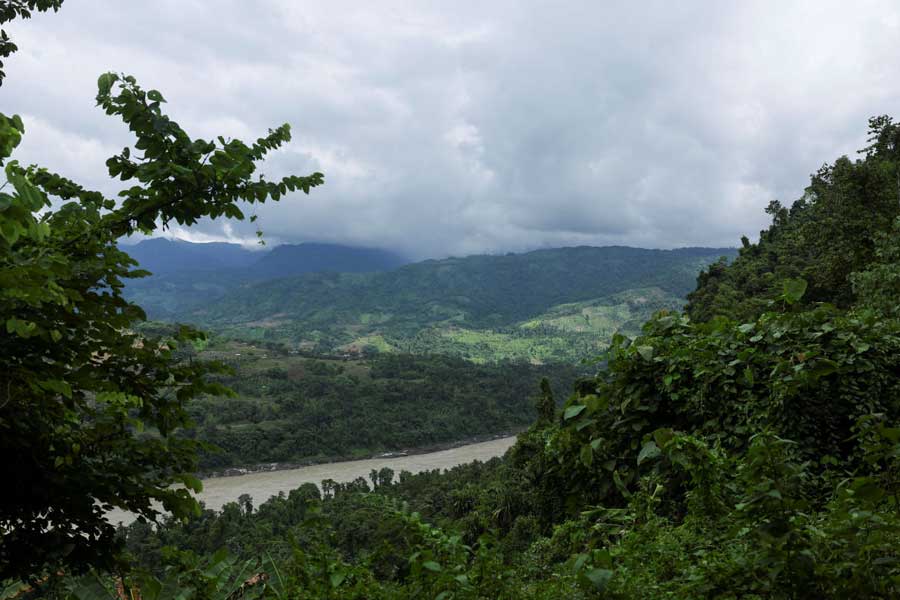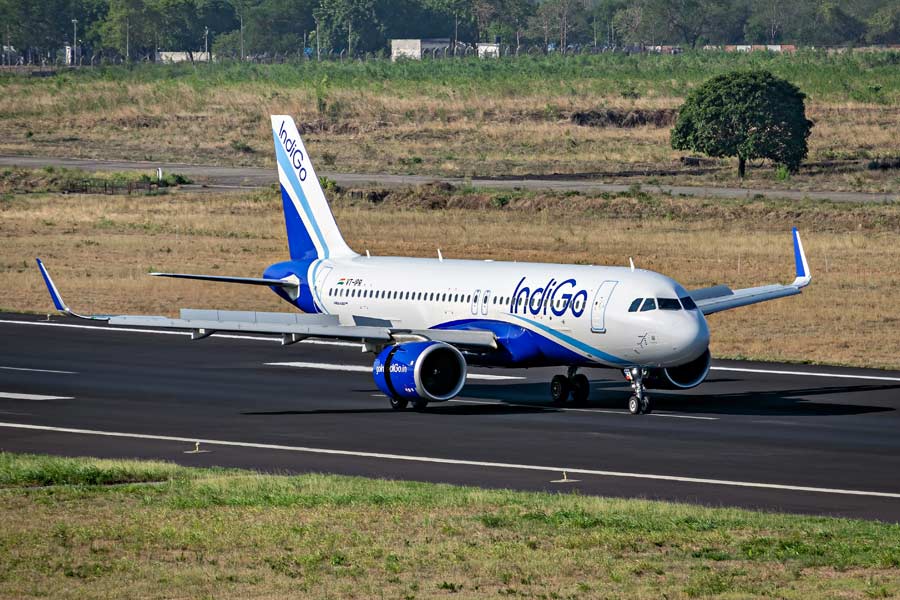
Bhubaneswar, May 20: Researchers have recorded 17 new fish species at the Chilika lagoon between 2011 and 2017. The research, financially supported by World Bank, was conducted by the Central Inland Fisheries Research Institute in Bengal's Barrackpore.
The study revealed the presence of 335 species of fish at the lake, which has been designated a Ramsar site (wetland of international importance).
According to the research report, which was submitted to the state government in April, the new fish species were recorded between March 2012 and June 2016.
"The number of fish species at the lake was 318 in 2015 which has increased to 335 with the new study. This shows the rich biodiversity of the lagoon. The crab fauna of Chilika has increased to 35 with nine more species recorded during this research," said additional chief executive of Chilika Development Authority Sasmita Lenka.
Forest officials said some of the new species have high market value. For example Neotropius atherinoides (Indian potasi) is a popular fish in ornamental fish trade due to its bright and unique colours. "Some of the new fish species are also commercially important," said a forest official. Forest officials said 129 species in Chilika are designated as commercially important and 13 as high value commercial species.
Hundreds of people took part in the research that took around 66 months to be completed. The research teams frequently surveyed 33 fish landing centres besides collecting samples from fishing boats from the 12 stations. About two to five fishing boats were used for the survey based on the availability. The research on the fish diversity of the lake was conducted at a cost of Rs 87 lakh.
However, the report revealed decline in the catch of Mugil cephalus (locally called Khainga), Daysciaena albida (locally called Boroga) and Eleutheronema tetradactylum (locally known as Sahala). This has emerged as a major concern for the authorities. On the other hand, the catch of Chelon macrolepis (Dangala) and Etroplus suratensis (Kundala) remains steady. The researchers have also recommended prevention of over exploitation of fishing activities at the lake. <> by maintaining the current fishing pattern. "The maximum sustainable yield (MSY) estimated for the lake is 11,760 tonnes, while the mean annual catch from the lake has been 12,140 tonnes, indicating that the mean annual catch has slightly exceeded the MSY. Hence the catch needs to be maintained at least at the current level to prevent possible over exploitation," said the study report










